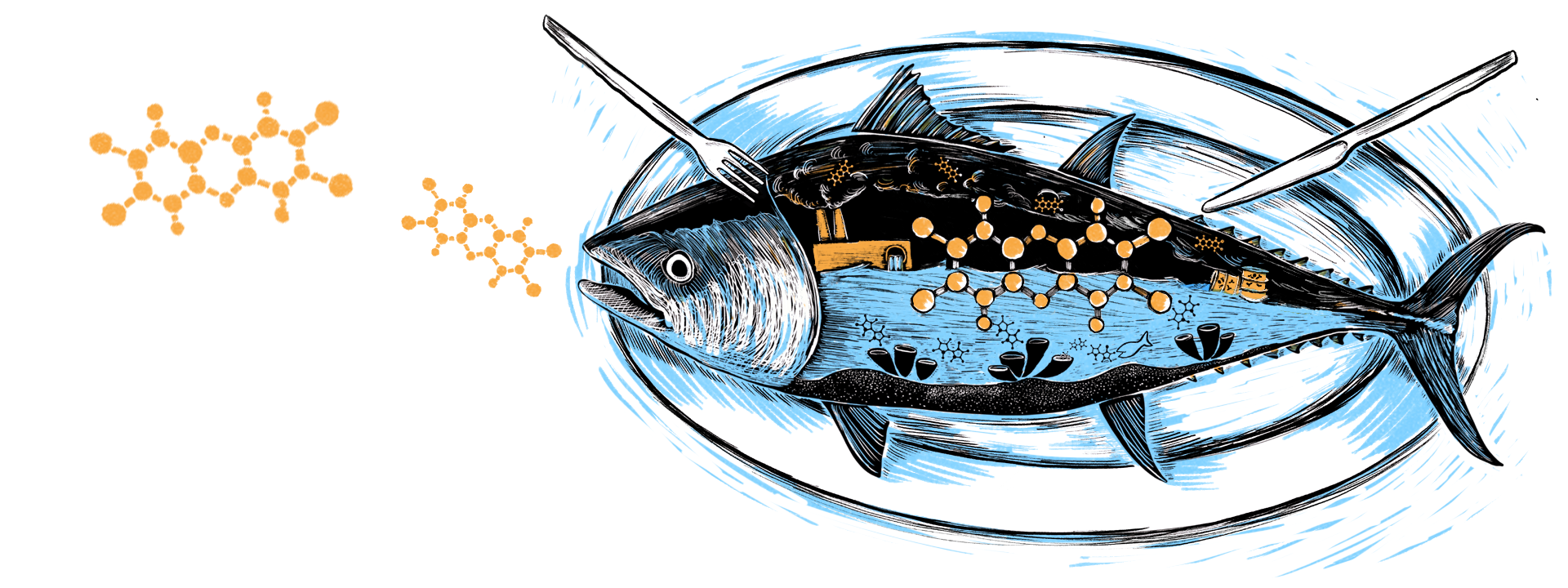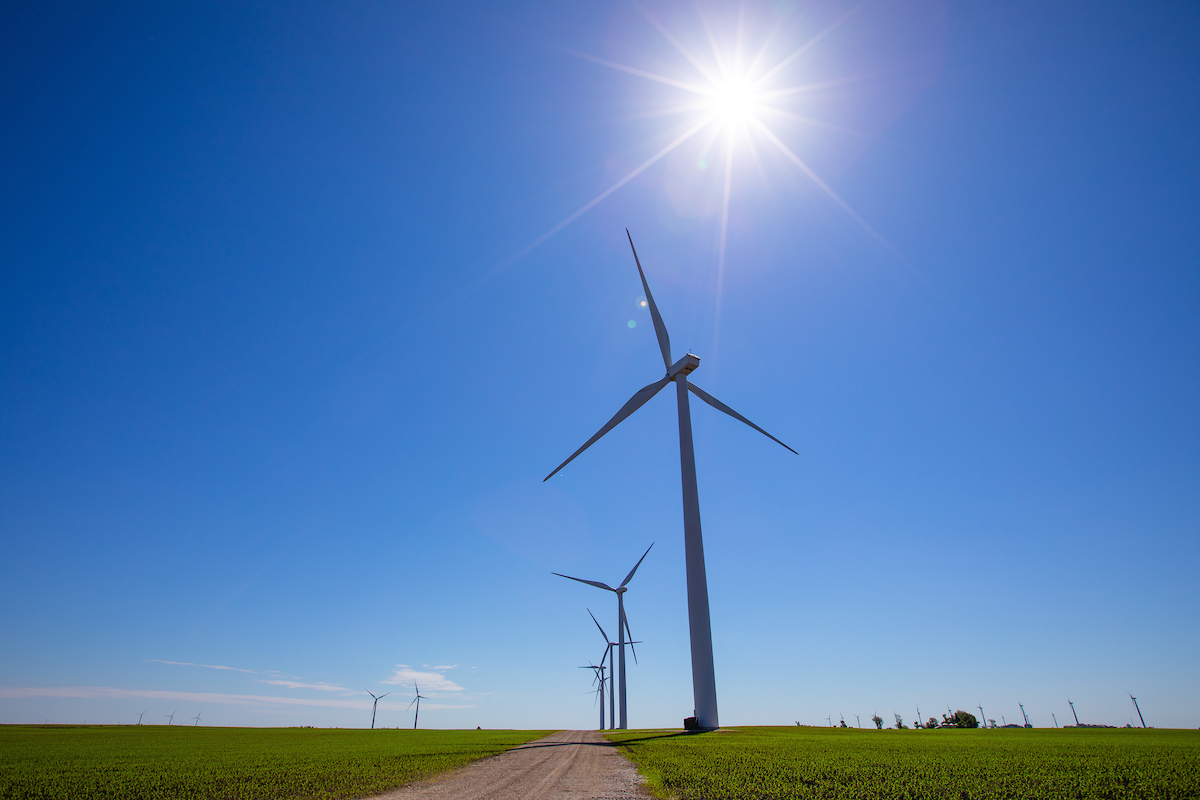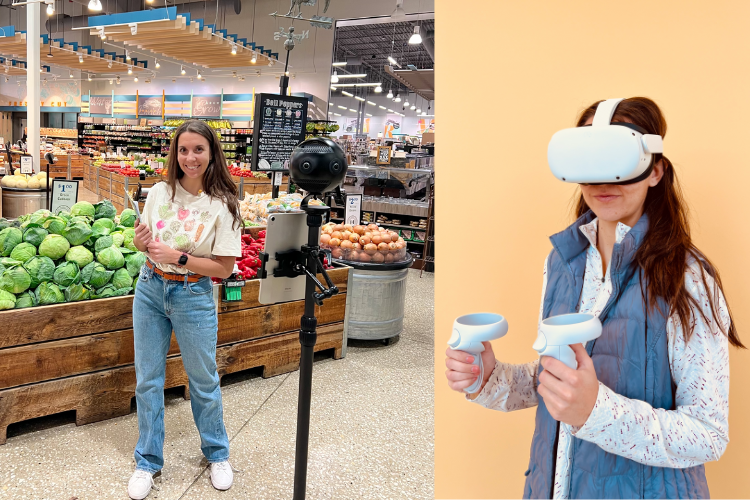It was 2003, and Emma Teuten, a then-postdoctoral researcher working in Reddy’s lab, had acquired 10 kilograms of the foul-smelling flesh from the Virginia Aquarium & Marine Science Center after the tragic beaching and death of a True’s beaked whale. Teuten and Reddy were on a mission to look deep within the whale’s tissues to find traces of naturally-produced compounds similar to industrial chemicals made in factories. They may not have realized it at the time, but finding these compounds would help begin to answer a critical question: could naturally-produced “pollutants” pose similar health risks to marine life—and ultimately humans—as manufactured toxic chemicals?
“We had known for years that toxic industrial PCBs were persistent in marine animals,” says Reddy. “But we also began to understand that some similar compounds were produced naturally by certain organisms in the ocean like sea sponges, worms, and other critters. They were also present in marine mammals and even in human breast milk.”
Reddy says isolating a single milligram of the compound from 10,000,000 milligrams of whale blubber was “epic work.” But after countless hours of chopping the blubber into small cubes, blending it into what looked like pink smoothies, and burning its fat down with acid, Teuten extracted the samples they needed.
The compounds—known as halogenated marine natural products—were sent to WHOI chromatography expert Li Xu at WHOI’s National Ocean Sciences Accelerator Mass Spectrometer (NOSAMS) facility for analysis. Weeks later, it was confirmed that, based on levels of carbon-14—a radioactive form of carbon detected in the samples—the compounds were of natural origin.
“If these chemicals were artificially produced in a factory, the carbon-14 would have had a signature of petroleum, which was and still is the feedstock for most industrial chemicals,” says Reddy.
For further verification, Reddy’s lab later analyzed whale oil samples that had been collected during the last voyage of the New England whaling ship, Charles W. Morgan, in 1920. Those samples, too, contained naturally occurring toxic compounds.
“This discovery not only confirmed our story, but gave us evidence of PCB-like chemicals in a marine mammal nearly a full decade before actual PCBs were put into large-scale production,” says Reddy.
He says, however, that it’s doubtful the chemicals were actually produced by the whales themselves.
“Whales are not known to produce compounds like this—it takes a lot of effort for any organism to incorporate the bromide and chloride ions from seawater in order to produce them—so they were probably produced by organisms the whales had ingested,” says Reddy.
It was clear that nature had been cooking up some interesting chemicals well before companies like Monsanto and Dupont were making PCBs. But were these naturally-produced compounds as harmful as PCBs, dioxins, and other highly-toxic environmental pollutants resulting from industrial processes?
WHOI toxicologist Mark Hahn has been trying to find out the answer, with help from WHOI guest student Ellysia Overton, colleagues Diana Franks and Sibel Karchner at WHOI, and chemist Lihini Aluwihare at the Scripps Institution of Oceanography. In a 2018 experiment, they exposed a group of zebrafish embryos to industrial PCBs, while a second group was exposed to high concentrations of the naturally-produced PCB-like compounds.
Right away, it was clear the natural compounds were potentially toxic: they activated the same set of genetic markers for “dioxin-like effects” as the PCBs, according to Hahn. But only the embryos in the toxic PCB group developed heart defects—a well-known effect of exposure to PCBs—while those exposed to the natural compounds did not. This suggests that, despite the structural similarities between industrial PCBs and naturally-occurring compounds, the natural ones are less potent and not acutely toxic to fish embryos.
But even if the natural “pollutants” don’t pose a significant health risk to fish, could they spell trouble for people who eat seafood?
Hahn says it’s unlikely that these natural compounds would be acutely toxic to humans the way certain neurotoxins, like those found in harmful algal blooms, can be. But during human cell studies, he and his group have discovered that the natural compounds caused dioxin-like effects in cultured human cells. This means that the risk they pose to human health is still an open question, and an important one that requires further investigation.
“Currently, risk assessment for PCBs in seafood ignores the possible contribution of these natural chemicals, which may be present in concentrations similar to those of some of the PCBs,” he says. “So, it’s critical that we understand whether these natural compounds add significantly to the total exposure to dioxin-like chemicals that humans get through the fish they consume.”
This research has been funded by Woods Hole Sea Grant and the Woods Hole Oceanographic Institution (WHOI) and Scripps Institution of Oceanography (SIO) Centers for Oceans and Human Health.
Original post https://alertarticles.info




